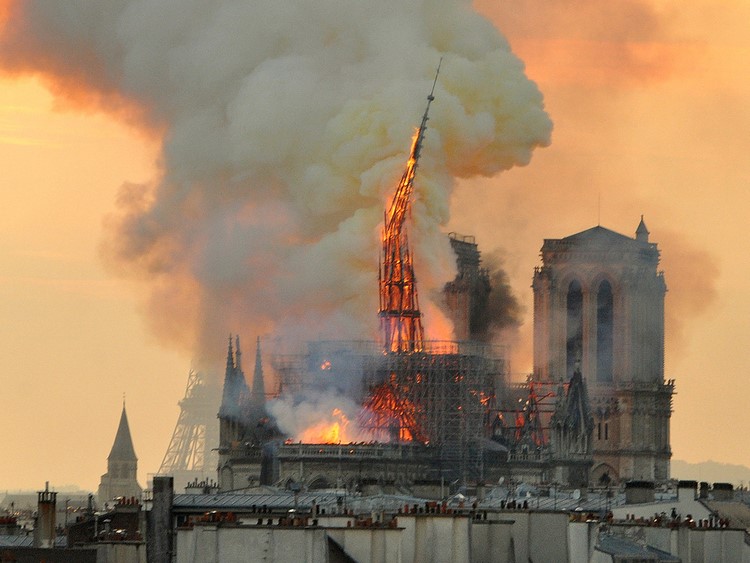by Olivia Cotterman, BGSU History major. This is one in a series of posts written by students in HIST 4800 in Spring, 2020, putting our world into historical context for the public.
I have always been interested in the personal side of history. The personal accounts of an event, the artifacts people make, and their diaries and journals. My latest research project has been about the Japanese Internment Camps and the way in which it has been remembered among the survivors. The xenophobia that pushed Japanese Americans into internment camps continues into the present day.
Continue reading

